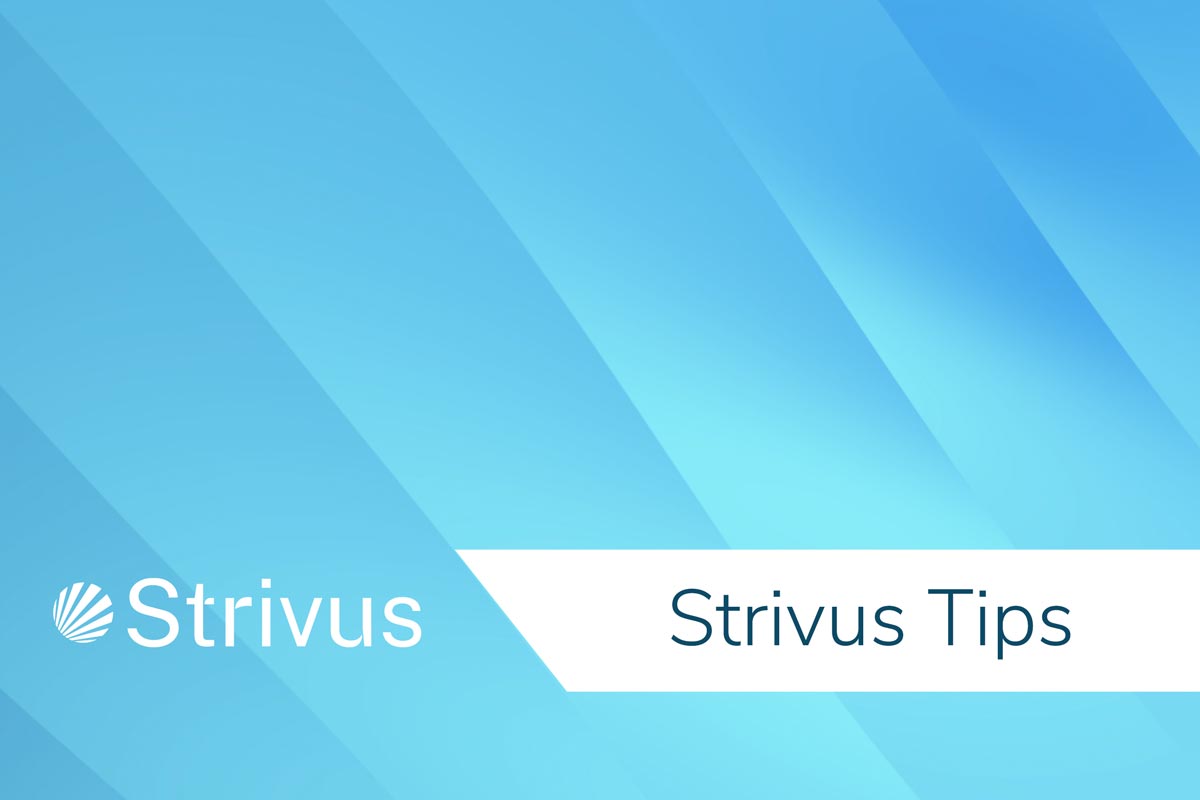Education

Snowballs, Avalanches, and Blizzards on the First Coast

Debt management and control is crucial for achieving long-term financial independence. Success seems out of reach for too many Americans, often because they are so far in debt. In our Financial Planning practice, we have guided more than a handful of clients through the process of relieving a debt load. While it is never easy, potential rewards outweigh the sacrifices required to achieve success.
Over the years, one popular method of debt reduction and payoff has occupied center stage. Dubbed Snowballing, the process involves listing your debts by size (don’t count your home mortgage) and concentrating on the smallest debt. The Snowball method pays only the mandatory minimum on all except the smallest debt balance. Then, pay everything you can on the smallest debt until paid off. Once the first debt is eliminated, apply the extra cash from the paid-off debt to the next smallest balance. Lather, rinse, repeat, until all debts are gone.
We recently discovered an article by our local “Consumer Warrior,” Clark Howard, in which he applied a term we had not previously heard, to another debt reduction method. The Avalanche method is similar to the Snowball method, except prioritizing of various debts is by interest rates. The Avalanche method pays above the minimum (as much as possible) on the debt with the highest APR (Annual Percentage Rate) until gone. Other debts are serviced with only required minimums. Once one is eliminated, more is paid on the next higher debt by APR, and the process repeats on lower rate debts until eliminated.
Which is better? We have always leaned toward the Snowball method, but Clark took the hypothetical to a new level. Using a real-life example, he calculated payoff time and expense, using both methods, and the financial winner in the test case was the Avalanche. Your mileage may vary, but the calculation method remains the same.
Not yet totally satisfied, Clark introduced a third method dubbed Blizzard, which is essentially a hybrid model. The Blizzard method begins with a Snowball and pays off a debt or two for confidence, cash flow, and momentum. At that point, the Blizzard method shifts to Avalanche strategy to finish the process. Blizzard has the benefit of realizing early rewards by eliminating the smallest debt(s) via Snowball, and then Avalanche often contributes favorable numbers in terms of total interest paid.
Saving money is an important goal, and none of the methods will work for you unless you control your own budget. Whether Snowball, Avalanche, or Blizzard, you don’t have to wait for the proverbial cold day on the First Coast to get started.
An individual’s relationship with money includes elements of personality, lifestyle, upbringing, priorities, etc. In order to effect significant change in behavior with money, an individual must confront the past with an eye to change. It can be done, and once redirected, many people become highly successful investors. Like all Financial Planning processes, setting realistic goals is the first step toward success.
Ongoing thanks to Clark Howard for framing various topics in understandable terms, and for his willingness to get good information into public hands. His website is Clark.com.
Van Wie Financial is fee-only. For a reason.
